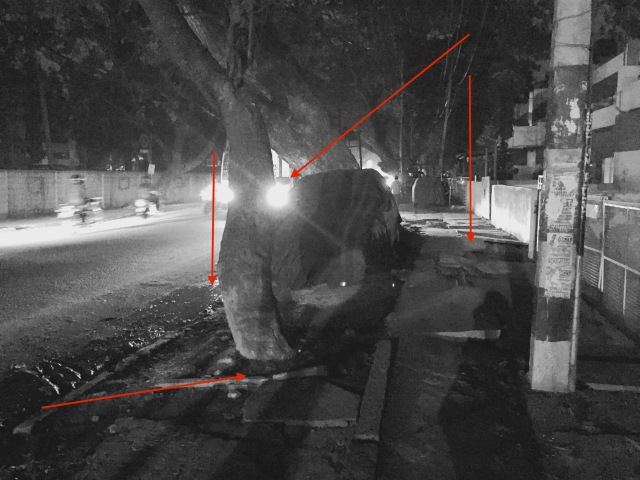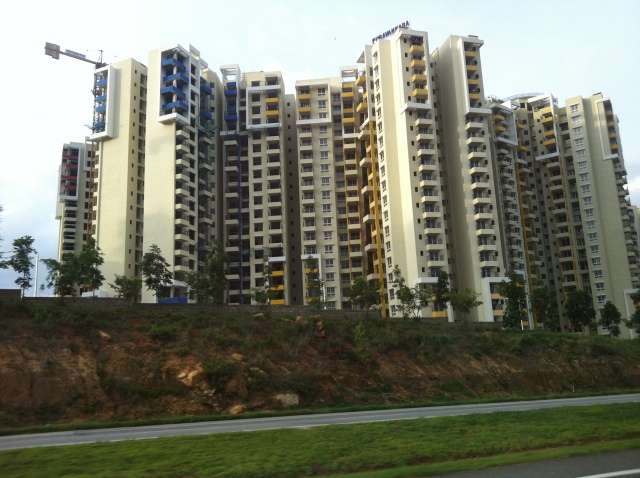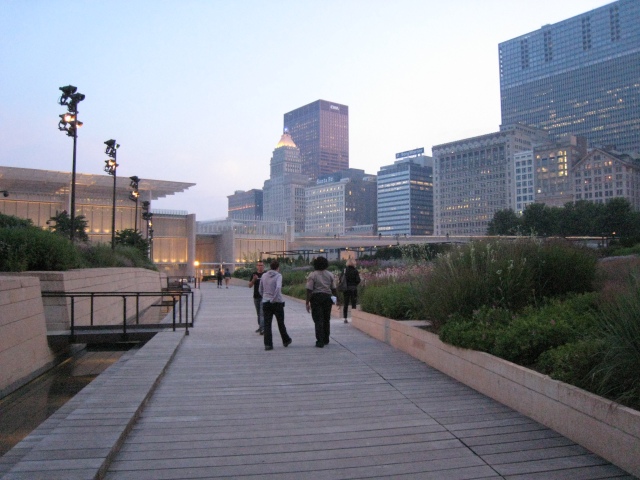Although I’m extremely comfortable with ambiguity and open-endedness in film, I’m still wrestling with the women characters in Thithi, the recent Kannada film set in Nodekopplu village.
First let me say that the film is, as indicated by the number of national and international accolades, a “must watch!” (thanks Aamir). It belongs to a growing number of Indian films that are difficult to genre-ize and, as a result, often reduced to ‘art house’, which is actually a quite inaccurate description. Unlike the Western conceptualization of art house, Thithi transcends cultural and class in a way no Miramax film ever achieved. Its experimentalism comes from the slight tweaking of the everyday, a slowing down of the already slow village ecosystem to the point that humor organically emerges. Perhaps this is art house for those in the West with the attention span of a fly, but I think for the Indian audience, for whom most will have some connection, no matter how remote, to this setting, the humor is accessible and relatable. Similar to films like Sairat and Court, Thithi is composed of a cast of non-actors and unites a diverse cinema-going audience by offering the poignant wit that arises from place specific language and environment.
Thithi and Court share commonalities beyond the obviousness of a white haired elder for a central character. Mostly, the fluid intertwining of humor and tragedy which is, in fact, so well integrated that it is impossible to distinguish. But while Court is pointing to the absurdity of an arcane legal system, Thithi points to nothing. Or does it point to everything? I left the theater content with a four way intersection between humor, tragedy, nothing, and everything. But how does that intersection hold up in the context of the women of the film?
While we see that the woman of the village are sharp tongued, hardened, and no nonsense, they are given very little substance. Now, I’m not asking for any contrived portrayal of strong village women nor am I demanding some 30% reservation of plot given to women. Thithi is not about women, nor the relations between men and women in the village. But something happened for me after Abhi has sex with Cauvery, which is shortly after he has stolen sheep from her uncle.
Why has Abhi stolen sheep from the sheepherder? Because he drunkenly gambled away all the money his father, Thammana, gave him so that he could buy sheep for the Thithi celebration. None of Abhi’s actions are particularly good, quite the opposite in fact. But like every character in the film, we are endeared to him simply because of his human-ness. He’s not a bad kid, just a bored kid.
But by the time sex has occurred, even though it is assumed consensual, it is clear to me that multiple violations are occurring. Or, to put it in colloquial terms, some people in this film are getting fucked over. Kamalakka, the money lender, Cauvery, and of course Thammana.
Because we know Thammana’s story so well we understand the various ways in which he is getting fucked over by the reappearance of Gadappa. But because we don’t know much about Cauvery’s story, nor Kamalakka’s, I think most film goers will not think much of it. Which is perhaps why some reviews are able to say the following:
or
I found the film deeply comical but I do not think the words affectionate nor gentle have a place. It is deeply comical but also darkly comical. I keep returning to this question of whether Raam Reddy, the film director (who is clearly a genius), is in some way making a statement on gender in the village, in which case it is achieved through a non-statement or subtleties that can make us think quite deeply. For example Gadappa’s story about his wife (which may also only be a dream), which perhaps affected his relationship with his father (Century Gowda) and his relationship with life. But while he has, essentially, renounced society, his wife renounced life. And what of his game of Tiger and sheep? At what point does this carefree spirit become the Tiger of the whole plot and village for that matter? How does Gadappa, though unconsciously, orchestrate the thieving to take place by buying the sheep herding men their alcohol, to which the women ask, “But who will watch over the sheep?” I can’t help but wonder if the film is, in one small way, projecting an attitude of boys will be boys and men will be men.
By the time everyone is sitting down to the fine meal of mutton it is evident that some men have come out on top, others not, but every female character have been fucked over in some form or another. Now, I’m not saying that I want to see some form of justice delivered, but if this is to be a new cinematic take on the village, it is still an old take on gender in the village.
I also wonder if a film like Thihi could be created in which all central characters were women. What I’m trying to say is that in Thihi the characters are substantial enough, there need not be a presence of women to enhance or give a fuller picture of the male characters or their place within society. Could the same be achieved if it was a cast of women characters? Could an entire 120 minute film carry the same level of humor, irony, and rich character development without reference to husbands, children, or cooking? Although Thithi in many ways revolves around the story of a family, family relations and duties, it is at the same time not at all about the family. We see each generation of men as autonomous characters so that the film is almost an anti-statement about familial relations. Could the same humor or essence be achieved if the cast were women and not men? I have no doubt it could, and that such a director exists somewhere, but the question is whether such a film would receive the same kind of attention and reception as Thithi.


























